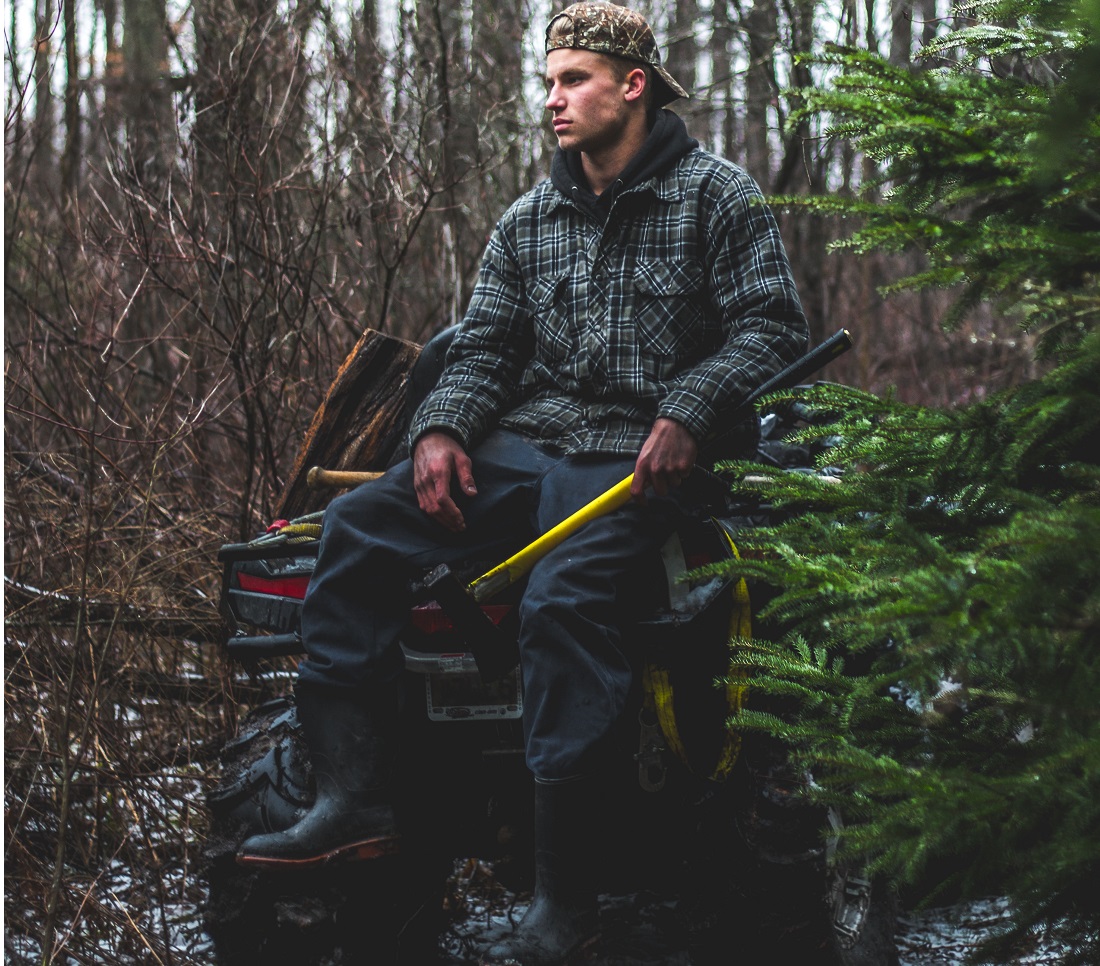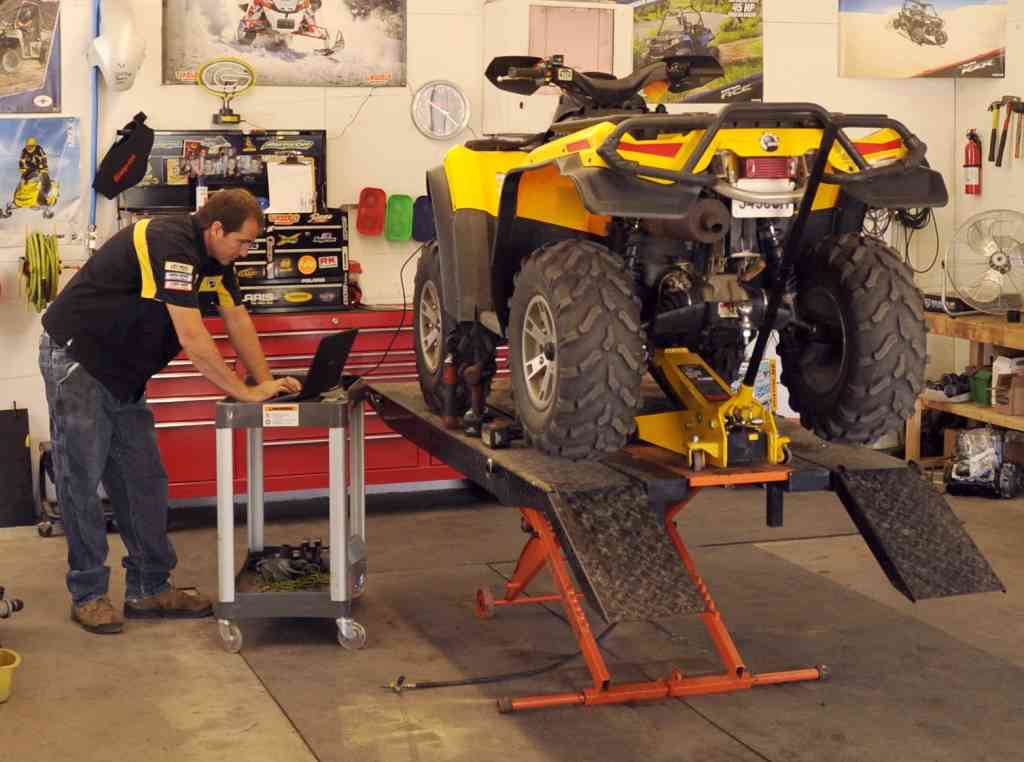Discover the Outdoors with Our Leading ATV Adventures
Discover the Outdoors with Our Leading ATV Adventures
Blog Article
ATV Riding Strategies: Grasping the Art of Off-Roading

Body Positioning
To efficiently browse through tough off-road surface, it is critical for ATV cyclists to constantly maintain appropriate body placing. Preserving the proper body position while riding an ATV not just boosts control and stability yet also makes sure the cyclist's security. By taking on the correct body positioning strategies, riders can successfully disperse their weight, improve their balance, and decrease the risk of mishaps or injuries.
Putting the feet on the foot secures allows the rider to keep security and control over the ATV. The biker's knees ought to be slightly curved, supplying a minor suspension to take in shocks and preserve equilibrium.
In addition, the motorcyclist's eyes ought to always be focused in advance, checking the terrain and anticipating any barriers or modifications in the trail. By maintaining an onward look, bikers can make split-second decisions and react suitably to testing surface.
Throttle Control
Structure upon the significance of correct body placing for ATV bikers, understanding throttle control is a crucial ability that allows riders to properly navigate via different off-road surfaces. Throttle control describes the ability to manage the amount of power supplied to the ATV's engine. By comprehending just how to manipulate the throttle, cyclists can guarantee a smooth and regulated velocity, enabling them to browse obstacles with accuracy.
Abrupt or jerky movements can cause the ATV to lose traction or come to be unstable, making it difficult to maintain control. This method enables the ATV to preserve a constant rate and provides better traction, lowering the threat of accidents.
Along with smooth modulation, motorcyclists have to additionally find out just how to balance the throttle with other riding techniques, such as body positioning and braking. As an example, when climbing steep hills, motorcyclists require to use adequate throttle to keep energy without causing or subduing the atv wheel spin. When descending steep slopes, riders need to make use of the throttle in mix with proper body positioning and stopping to preserve control and avoid the ATV from sliding or tipping over.

Braking Techniques
A vital aspect important source of ATV riding strategies is understanding effective stopping methods. It is important to bear in mind that severe stopping with only the front brake can cause the ATV to pitch onward, potentially leading to loss of control or even flipping over. By mastering these stopping methods, you can enhance your ATV riding abilities and guarantee a satisfying and risk-free off-roading experience.
Cornering Techniques
One essential aspect of grasping ATV riding techniques is comprehending reliable cornering methods. Cornering on an ATV can be tough, however with the appropriate methods, riders can navigate turns securely and efficiently. The secret to effective cornering is to maintain control of the ATV while maximizing grip and reducing the threat of tipping over.
To carry out a proper cornering method, riders need to come close to the turn at a proper rate, guaranteeing they are not going too slow or as well rapid. It is essential to move the body weight in the direction of the within the turn, leaning into it to preserve equilibrium and security. This helps to counterbalance the centrifugal force and maintains the ATV upright.
In addition, riders should keep their eyes focused on the departure point of the turn instead of the instant course in advance (ATV). This enables smoother and extra specific steering, as it aids the motorcyclist expect any type of challenges important source or modifications in terrain
Furthermore, appropriate throttle control plays a substantial duty in cornering. Motorcyclists need to regulate the throttle smoothly, preventing unexpected accelerations or decelerations, which can create loss of control.
Uphill and Downhill Riding
When browsing off-road surface, ATV motorcyclists need to grasp the techniques for uphill and downhill riding to maintain control and ensure safety and security. Uphill riding calls for a mix of balance, throttle control, check here and weight distribution. As cyclists rose steep slopes, they should lean onward to change their weight in the direction of the front of the ATV, which raises traction on the front wheels and avoids the vehicle from turning backwards. ATV. Additionally, keeping a regular throttle and preventing sudden velocity or deceleration helps to avoid the ATV from shedding momentum or getting stuck. Downhill riding, on the various other hand, requires riders to lean back and change their weight towards the back of the ATV. This assists to maintain security and prevent the lorry from turning forward. It is critical to utilize the brakes sparingly and use them gradually to prevent locking the wheels and blowing up. Riders must select the course with the least challenges, as browsing downhill can be extra tough due to the enhanced rate and lowered traction. By mastering the methods for uphill and downhill riding, ATV riders can with confidence tackle numerous off-road surfaces and delight in a secure and exciting journey.
Final Thought
To conclude, understanding the art of ATV riding calls for a mix of body positioning, throttle control, stopping strategies, and effective cornering. Uphill and downhill riding also need particular skills to navigate safely. By carrying out these methods, motorcyclists can improve their off-roading experience and enhance their general control and security on the ATV.
ATV Riding Techniques: Understanding the Art of Off-Roading is an extensive overview that digs into the complexities of grasping the skills required for off-road ATV riding. Whether you are a beginner or a skilled biker, ATV Riding Techniques: Grasping the Art of Off-Roading provides crucial advice to help raise your off-road ATV riding abilities to the following degree.

Report this page